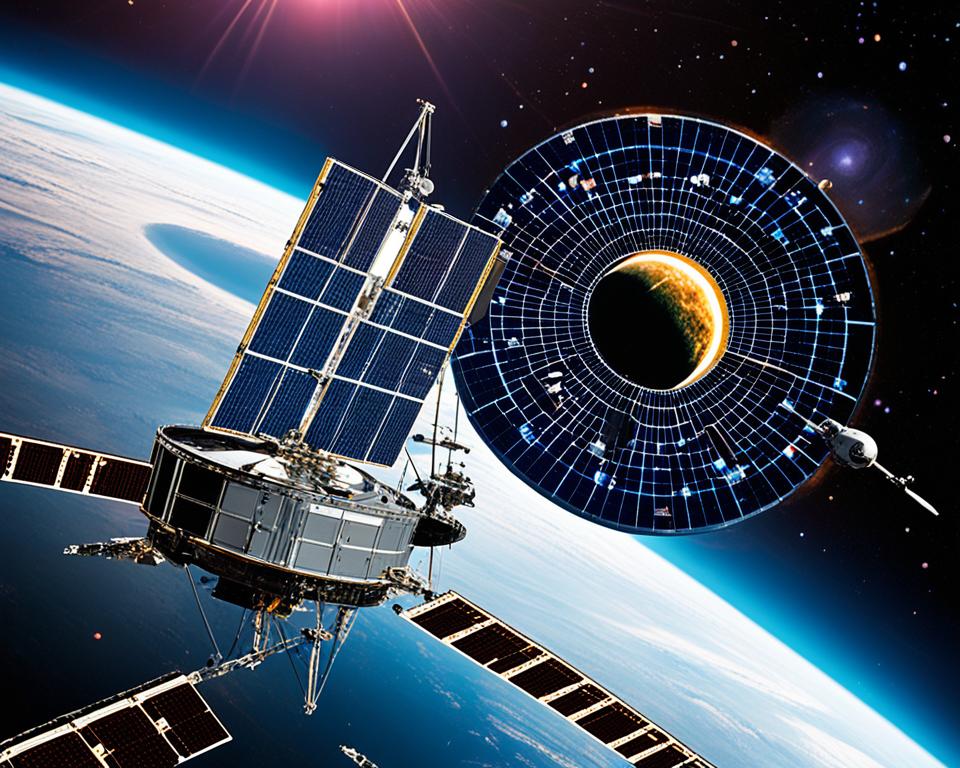Adverts
Have you ever wondered if that brilliant post you read was written by a human or an artificial intelligence?
Adverts
Well, get ready to dive into the fascinating world of machine-generated text detection! With technological advances, AIs are increasingly skilled at producing compelling content, and it's often difficult to differentiate between a text written by a human and one written by a machine.
But don't worry, we're here to help you uncover the truth behind the words!
Adverts
In this article, we'll explore clever strategies and clever tricks to identify whether a text was produced by an AI. So let's unravel the hidden clues and separate the work of machines from genuine human creativity.

Automated Language Indicators
The detection of texts written by AIs can be accomplished through the analysis of specific indicators of automated language.
While AIs have advanced considerably in the ability to generate more natural and coherent text, there are still features that can reveal their automated origin. Here are some common indicators to look out for:
1.Phrasal structure standardization: AIs tend to follow strict patterns in sentence structure. They may prefer simple, straightforward structures, avoiding more complex constructions and idiosyncrasies of human language.
AI-generated texts can show a lack of variety in sentence structure, with little use of subordinates, inversions, or more creative structures.
See too:
2.Generic word choice: AIs often have a tendency to use more generic and neutral words in their texts. They may avoid specific terms, slang, or idioms that are common in human language. This is because AIs are trained on large volumes of text, where the use of specific terms may not be as frequent.
3.Lack of personality and subjectivity: Texts generated by AIs may lack personality and subjectivity. They may present a neutral approach, avoiding personal opinions, emotions, or distinctive style. AIs are often programmed to be unbiased and objective, which can result in more generic and less expressive text.
4.Inconsistent cohesion and coherence: Although AIs have significantly improved in generating coherent text, cohesion and coherence issues can still occur in their results. Texts produced by AIs may have abrupt transitions, a lack of connection between ideas, or excessive repetition of information.
AI Detection Tools
There are several tools and methods available to help detect texts produced by artificial intelligence. These tools can utilize statistical approaches, pattern analysis, natural language processing, and machine learning to identify distinct features of AI-generated texts. Here are some of them:
1.Statistical analysis: Statistical algorithms can be applied to analyze patterns and trends in texts. This includes analysis of word frequency, grammatical structures, sentence length, and other statistical aspects that can reveal the automated nature of the text.
2.Language models: Language models trained on large text corpora can be used to detect AI-generated text. These models are able to learn the distinctive features of human language and can therefore identify atypical patterns in automated texts.
3.Specialized tools: Some companies and researchers have developed specific tools to detect the authority of texts by AIs. These tools can use a combination of techniques, such as statistical analysis, language models, and other proprietary methods.
Some Tools That Can Help Identify
-GPT-3 Detector: A tool developed by OpenAI that aims to identify whether a text was generated by the GPT-3 language model.
-Copyleaks: Copyleaks is a plagiarism detection tool that can also be used to identify AI-generated text. It uses advanced natural language processing algorithms and artificial intelligence to analyze and compare textual content.
-Textio: A platform that uses natural language analysis to help improve text writing, but can also assist in identifying AI-generated text.
-Content Scale AI: Content Scale AI is known primarily as an AI-powered content creation platform focused on helping businesses produce content at scale. In addition, it has an advanced AI text detection program




